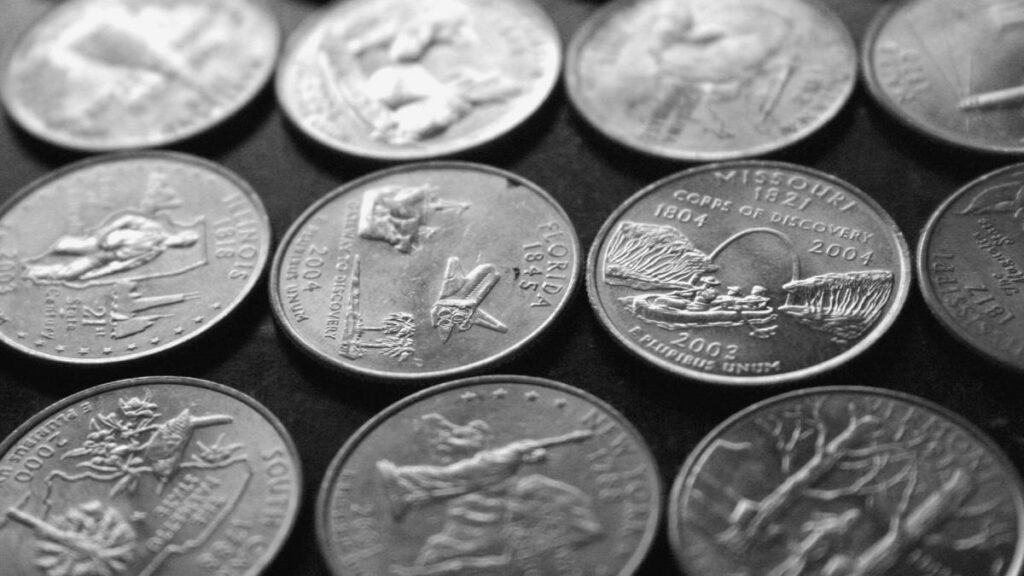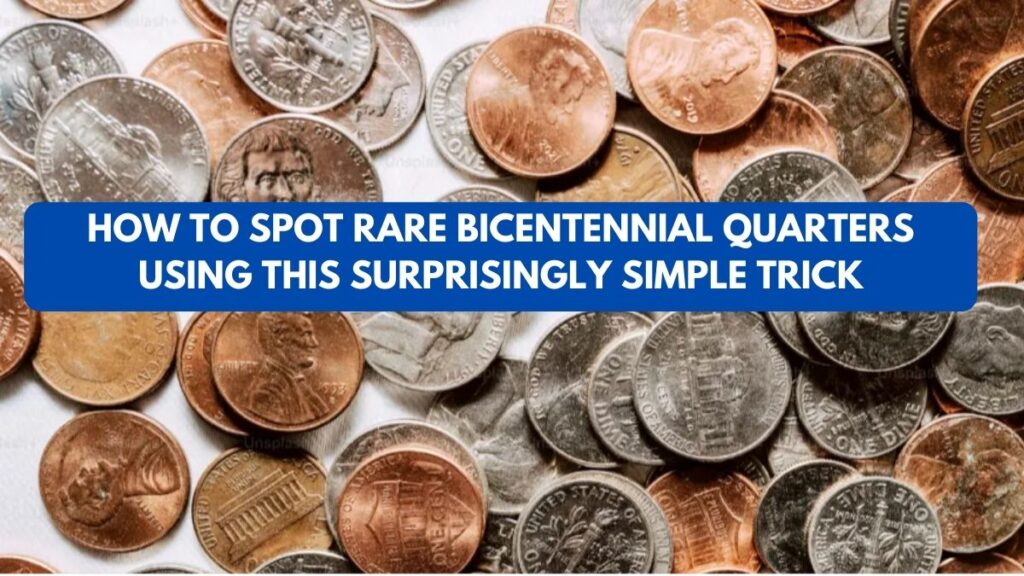If you’re a coin enthusiast or just someone hoping to stumble upon a hidden treasure in your pocket change, there’s one coin you should keep an eye out for — the 1976 Bicentennial quarter. While millions of these quarters were minted to celebrate the 200th anniversary of American independence, some rare versions are worth thousands of dollars. With just a bit of knowledge and observation, you might find one of these valuable coins in circulation or stashed away in a jar at home.
What Makes Bicentennial Quarters Special?
The U.S. Mint issued the Bicentennial quarters in 1975 and 1976. These coins feature a unique reverse design showing a Colonial drummer and a torch of victory, a stark contrast from the usual eagle design. The obverse still features George Washington but lacks a specific year—these coins are dual-dated “1776–1976.”
While most Bicentennial quarters are common and made from copper-nickel clad, some were minted in 40% silver as part of collector sets. It’s these silver versions, along with error coins, that have gained attention for their significant market value.

The Simple Trick? Look for Silver and Errors
Here’s the trick that collectors swear by: Focus on silver content and minting errors.
1. Search for 40% Silver Quarters
Some Bicentennial quarters were struck in 40% silver, primarily for collector sets sold by the U.S. Mint. You won’t typically find these in circulation, but they can show up in estate sales, garage finds, or even forgotten drawers.
- Check the Mint Mark: A quarter with an “S” mintmark (from the San Francisco Mint) may be silver. These were not intended for circulation, so finding one in the wild is like striking gold.
- Observe the Edge: Unlike regular quarters, silver ones lack the copper-colored stripe along the edge.
- Weigh It: Silver quarters are slightly heavier — about 5.75 grams vs. 5.67 grams for standard clad versions. A small kitchen scale can help identify them.
2. Look for Minting Errors
Rare error coins can fetch big money, and the Bicentennial quarter is no exception. Some error types to watch for:
- Double Die Obverse: This results in a visibly doubled design, especially noticeable on the lettering or date.
- Off-Center Strikes: When the coin isn’t properly aligned during minting.
- Clipped Planchets: These coins appear as if a piece has been cut off from the edge.
Such coins have been sold at auctions for over $10,000, depending on the type and condition of the error.
To learn more about error coins, visit the American Numismatic Association or the Professional Coin Grading Service (PCGS).
Coin Roll Hunting: A Collector’s Strategy
If you’re serious about the hunt, try “coin roll hunting” — getting rolls of quarters from banks and searching through them for valuable finds. While it takes time and patience, this hobby has led collectors to uncover silver coins, error quarters, and other hidden gems.
Condition Matters: Grading Your Coin
Even a rare coin won’t fetch top dollar if it’s in poor condition. A coin’s grade — based on wear, luster, and detail — significantly impacts its value.
- Uncirculated coins (graded MS65 or higher) are the most valuable.
- Consider sending your coin to a service like NGC or PCGS for professional grading.
For instance, a 1976-S silver Bicentennial quarter in pristine condition sold for $19,200 in an auction, according to Yahoo Finance.

Stay Updated on Coin Values
The coin market can be dynamic. Prices shift based on demand, collector interest, and economic factors. Keep an eye on auctions, coin shows, and price guides to stay informed.
Final Thoughts
With millions of Bicentennial quarters minted, finding a valuable one may feel like looking for a needle in a haystack — but with the right knowledge and a sharp eye, you could be holding a small fortune in your hand. Start by checking your change, searching coin rolls, and inspecting old collections. The thrill of the hunt and the potential for reward make it well worth the effort.
This article has been carefully fact-checked by our editorial team to ensure accuracy and eliminate any misleading information. We are committed to maintaining the highest standards of integrity in our content.



